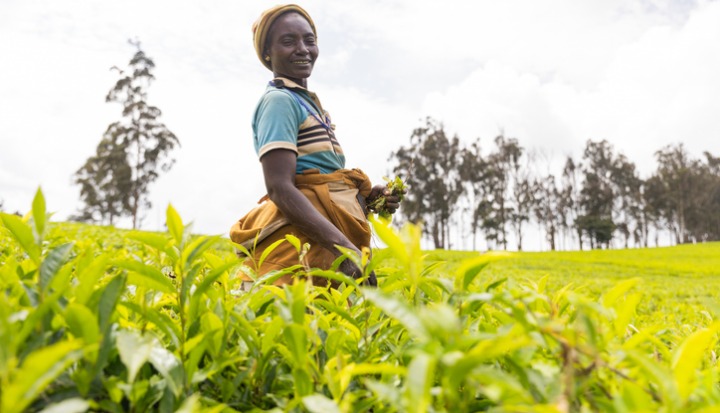Integrating gender equality into the Voluntary Carbon Market (VCM) is essential to achieving environmental and social sustainability. At the heart of this discussion is the question: How to improve the quality of the carbon credit while benefiting the planet and the people most affected by climate change?
Integrating gender equality into carbon credit initiatives offers a solution that addresses ethical concerns and increases their overall success and integrity while driving diverse Sustainable Development Goals (SDGs).
Why does gender matter in carbon projects?
Gender inequality is a pressing issue in the fight against climate change. Women, particularly in rural and developing areas, are disproportionately affected by a changing climate and related environmental challenges. However, they are critical to climate resilience efforts, often playing a leading role in conservation and resource management. Carbon credit projects that do not take gender risks into account, such as excluding women from decision-making, miss the opportunity to leverage their knowledge and contribute to long-term sustainability.
An example of gender mainstreaming within lending activities is a payment for an ecosystem services (PES) project In Malawi, Ethical Tea is run by Pcooperation (ETP). Here, women play a central role in protecting the environment. By empowering women economically through direct payments from Rural Savings and Credit Associations and training all community members on the benefits of women’s empowerment, the initiative not only ensures better agricultural management but also greater gender equality.
The business case for gender inclusion
From a business perspective, the integration of gender into carbon credit projects meets the growing demands for ESG-compliant projects and drives action towards various SDGs. Buyers and investors are increasingly favoring projects that address gender risks and are aware that projects that ignore these issues cause serious reputational damage, as seen in recent media. There is also evidence that carbon credits actively contribute to achieving SDG 13 (to limit and adapt to climate change) on gender equality. They also achieve higher price premiums than other SDG-contributing loans, which supports the idea that there is increased demand for gender-equality-friendly loans in the market.
An example of lending activities that can contribute to both carbon reduction and gender equality support activities are clean stove projects. These projects serve to reduce household toxic waste, while empowering women by reducing the amount of time they spend gathering firewood and cooking, allowing them to use this time for other activities, such as running small businesses or attending training courses. This suggests that gender-focused interventions can have far-reaching benefits beyond climate change mitigation.
A call to action: The future of carbon markets
As VCM continues to grow, there is a strong need for key stakeholders to prioritize gender equality, not only because it is a moral obligation, but also because it ensures the overall success and integrity of lending operations. Advancing gender mainstreaming in VCM will require cooperation from key market actors, governments, businesses and communities. By working together, VCM can deliver high-fidelity, gender-equitable carbon projects that not only reduce emissions, but also provide significant benefits for women and their communities.

For practical guidance on how organizations can incorporate gender equality approaches into carbon credit projects, explore the newly published guidance, Integrating gender into the design, implementation and monitoring of carbon credit projects. This highly anticipated guide was launched by the Jobs and Opportunities for Women (WOW) program and is aimed at project developers in the Voluntary Carbon Market. It aims to support them in creating carbon credits that benefit all genders, as well as improve outcomes for women involved in carbon projects.

